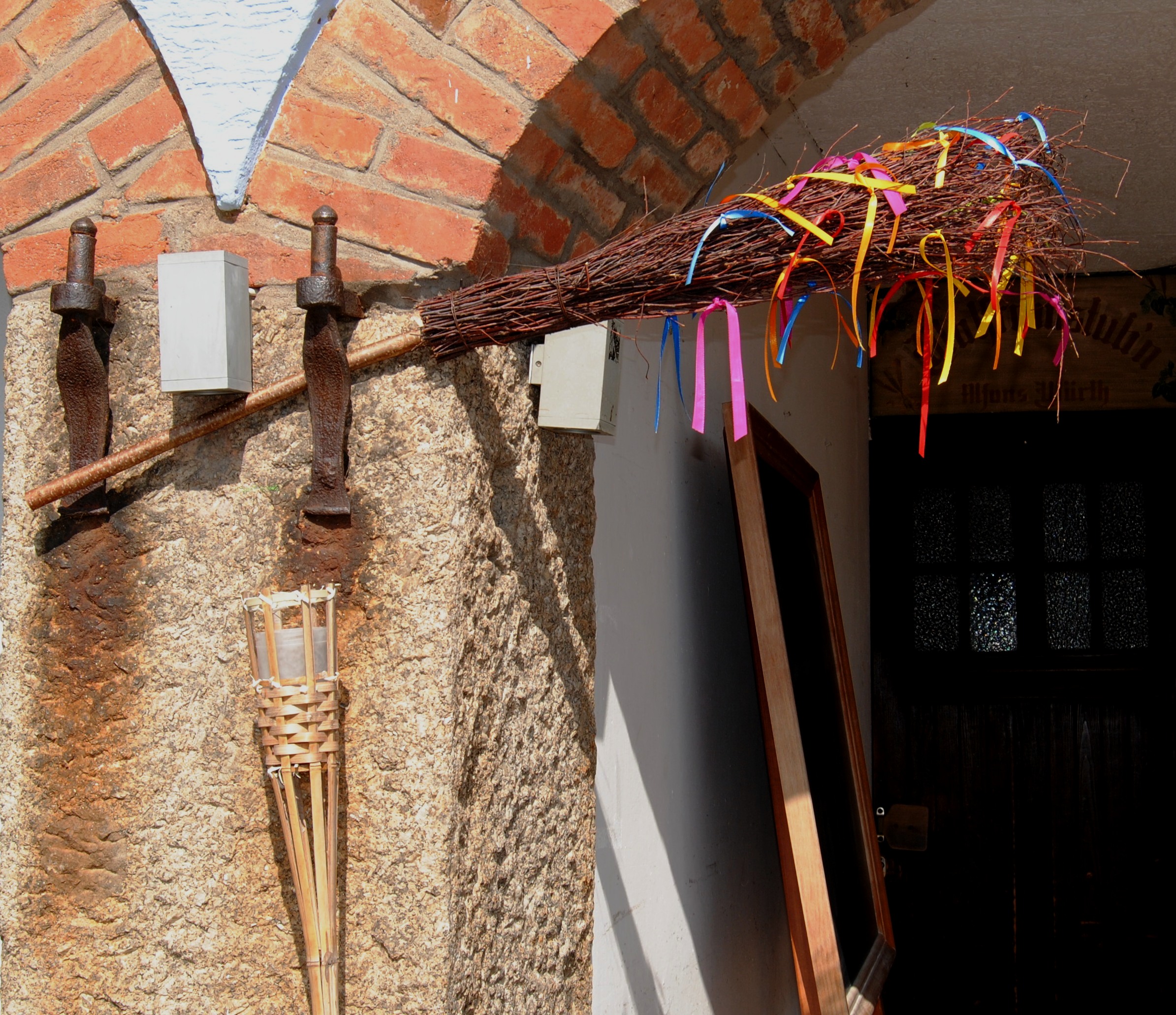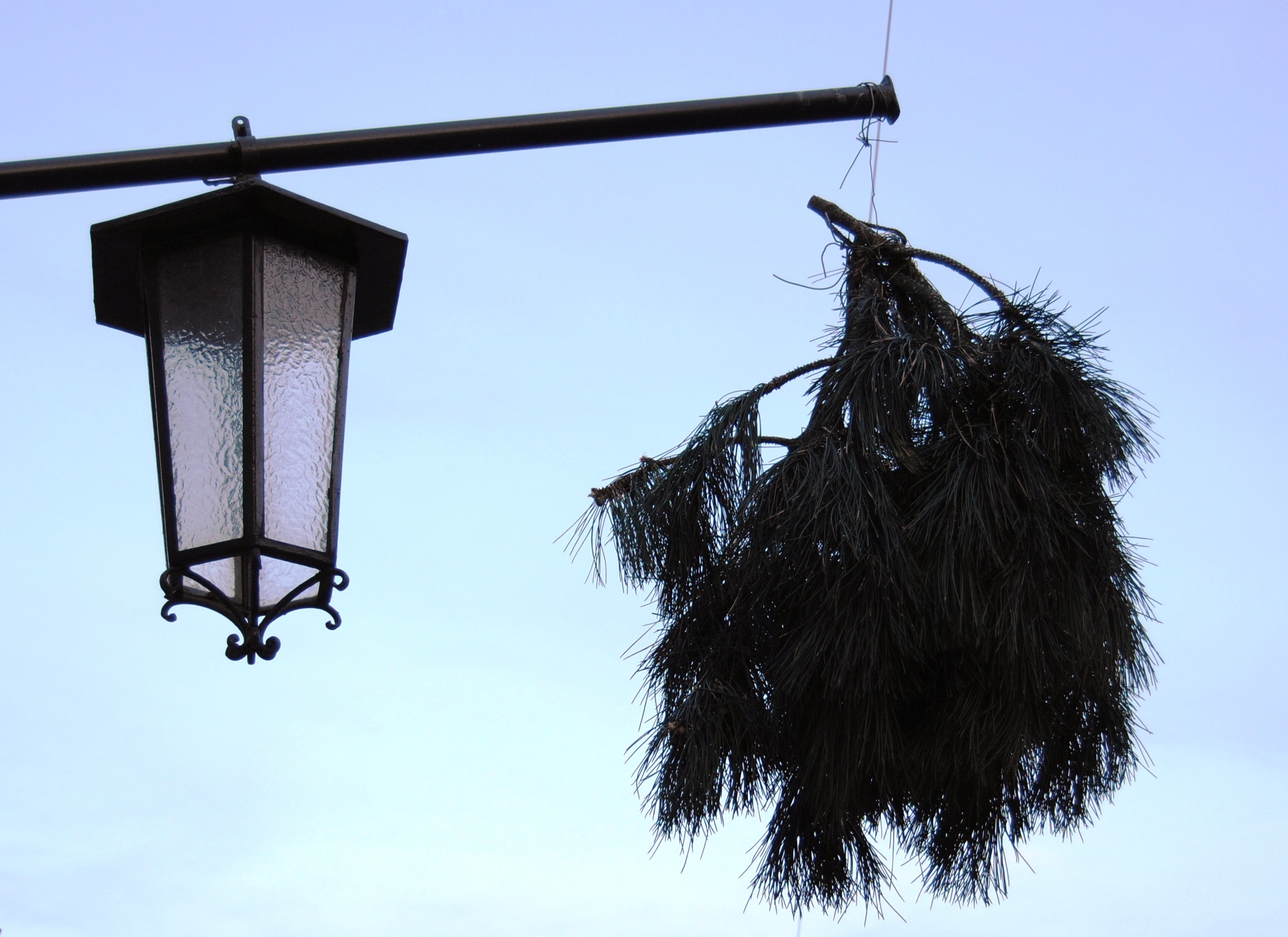A birch broom, fastened to a post, stands sentinel before a farmhouse in Germany’s vineyards. Red and yellow ribbons flutter from its handle. A board, bearing a hand-painted arrow pointing up the driveway, dangles below the broom. Vintner’s bushes...
People love them. Restaurants hate them. And that’s why the law had to step in. When a European vintner suspends a bush, broom, or ivy bunch outside his door, that signals the sale of homemade wine and cheap, country food on his farm. The “vintner’s...
In Spain and Slovenia, it’s an ivy bush. In France, a bundle of straw. Austria and Italy hang out pine branches and Germany and Switzerland birch brooms. You’ll often find them out in the country, dangling sentinel before a farmhouse. The vintner’s...





Recent Comments